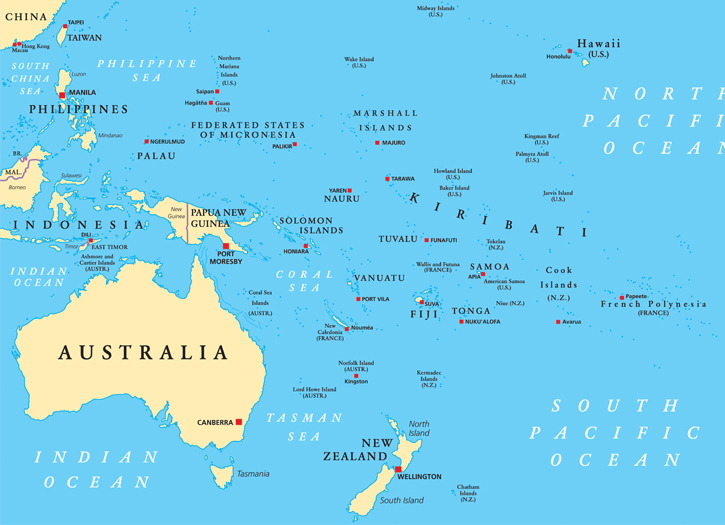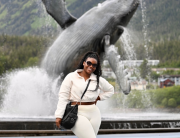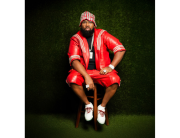The COVID-19 pandemic was confirmed to have reached Oceania on 25 January 2020 with the first confirmed case reported in Melbourne, Victoria, Australia. It has since spread elsewhere in the region, although many small Pacific island nations have thus far avoided the outbreak by closing their international borders. As of 24 August, ten Oceania sovereign states have yet to report a case: Kiribati, Marshall Islands, Federated State of Micronesia, Nauru, Palau, Samoa, Solomon Islands, Tonga, Tuvalu, andVanuatu.
The New Zealand Government introduced a four-level alert system on 21 March to manage the COVID-19 pandemic in New Zealand. On 25 March, the country moved into Alert Level 4, placing the country in a nationwide lockdown and closing its borders. While mass gatherings were banned and schools and most businesses were closed, essential services such as supermarkets, petrol stations, and health services remained open. Due to successful efforts to eliminate the pandemic within New Zealand’s borders, the alert level system was progressively lowered to Level 3 on 27 April and Level 2 on 13 May, with lockdown restrictions and social distancing measures being eased at each stage.
On May 4, the country marked the first day without the reports of any new case of COVID-19, a month after the country announced lockdown. By 31 May, there was only one active case with a total of 1,504 (1,154 confirmed and 350 probable) cases, 1,481 recoveries, and 22 deaths. By 8 June, that last active case had recovered. Following 24 consecutive days of no new cases, two new cases resulting from overseas travel were reported on 16 June. On 11 August, four cases were reported in Auckland, making the first reported community transmissions after 102 day.
Swabs were taken and sent to the Medical Research Institute in Goroka for testing. Three announcements followed. First the Health Minister Jelta Wong declared a probable case, and Prime Minister James Marape followed up by declaring the result as negative. Further tests were conducted and the prime minister confirmed the positive result for COVID-19. Police Minister Bryan Kramer then stated on Facebook that the inconsistent results were due to faulty test equipment, and that requests had been made for further testing to be conducted in Melbourne. As of 24 August 2020, Papua New Guinea had 401 cases, 232 recoveries and 4 deaths.
By 3 February, David W. Panuelo, President of the Federated States of Micronesia, had signed a declaration banning Micronesian citizens from travelling to China and other affected countries.By 5 March, Micronesia had introduced a strict travel ban, banning anyone who had been in China anytime since January 2020 — or had been in any other affected country in the last 14 days — from entering Micronesia.As of 18 March, all schools in the country have also been closed. The President of Palau Thomas Remengesau Jr. issued an executive order suspending all charter flights from China, Macau, and Hong Kong from 1–29 February.Schools were also shut starting in April.Remengesau suspended travel to Palau.
Travel into Samoa has been increasingly restricted in an effort to prevent the spread of COVID-19 into the country. Before entering the country, people must have spent at least 14 days in a country free of the virus, as well as complete a medical clearance.Two Samoan nationals who had briefly stopped in China were placed into quarantine on 28 January for two weeks at the Faleolo District Hospital.Three students and a former student were evacuated with assistance from New Zealand.
On 6 March, the American Samoan government introduced new entry restrictions including restricting flight numbers and requiring travelers from Hawaii to spend 14 days in Hawaii and obtain a health clearance from health authorities. On 11 March, a government task-force was set up to deal with the virus and quarantining measures have been put in place for incoming visitors. On 14 March, half of the 210 passengers on a returning Hawaiian Airlinesflight were required to self-quarantine at home. On 19 April, United States PresidentDonald Trump declared that a major disaster existed in American Samoa, responding to a request for help from Governor Lolo Matalasi Moliga on 13 April.







Add Comment
You must be logged in to post a comment.